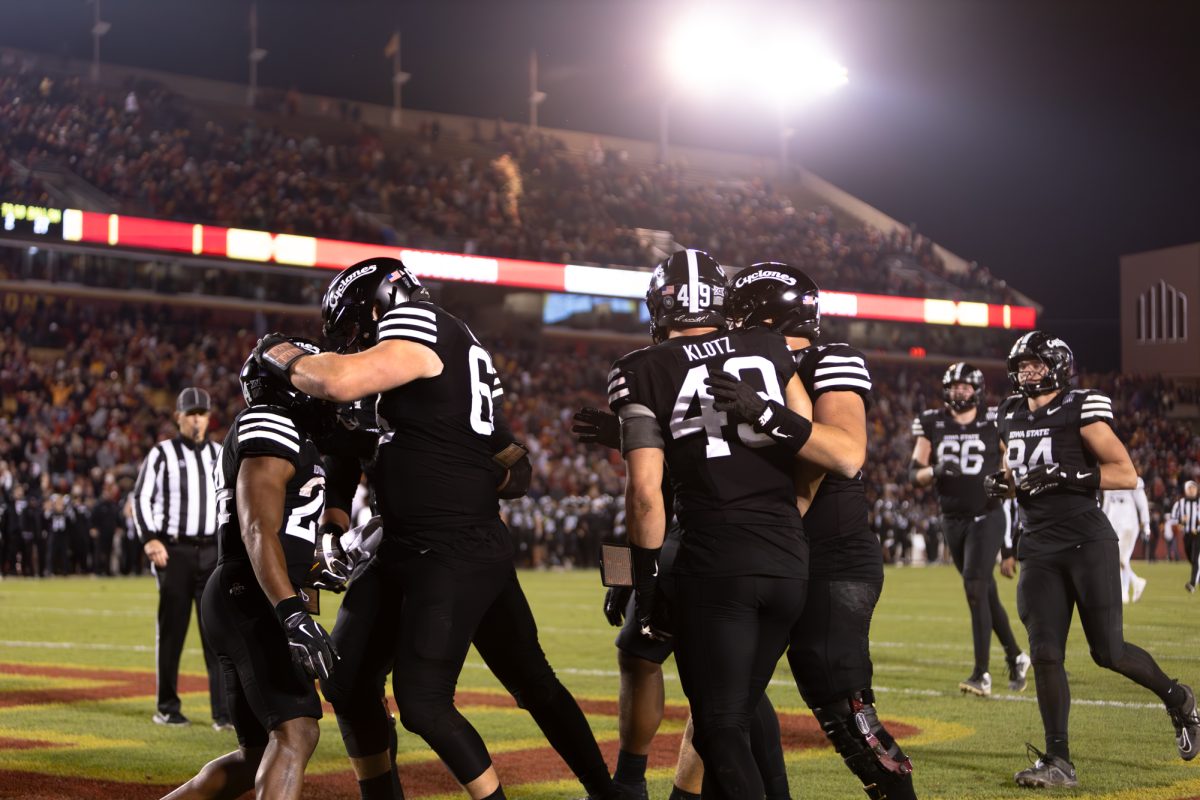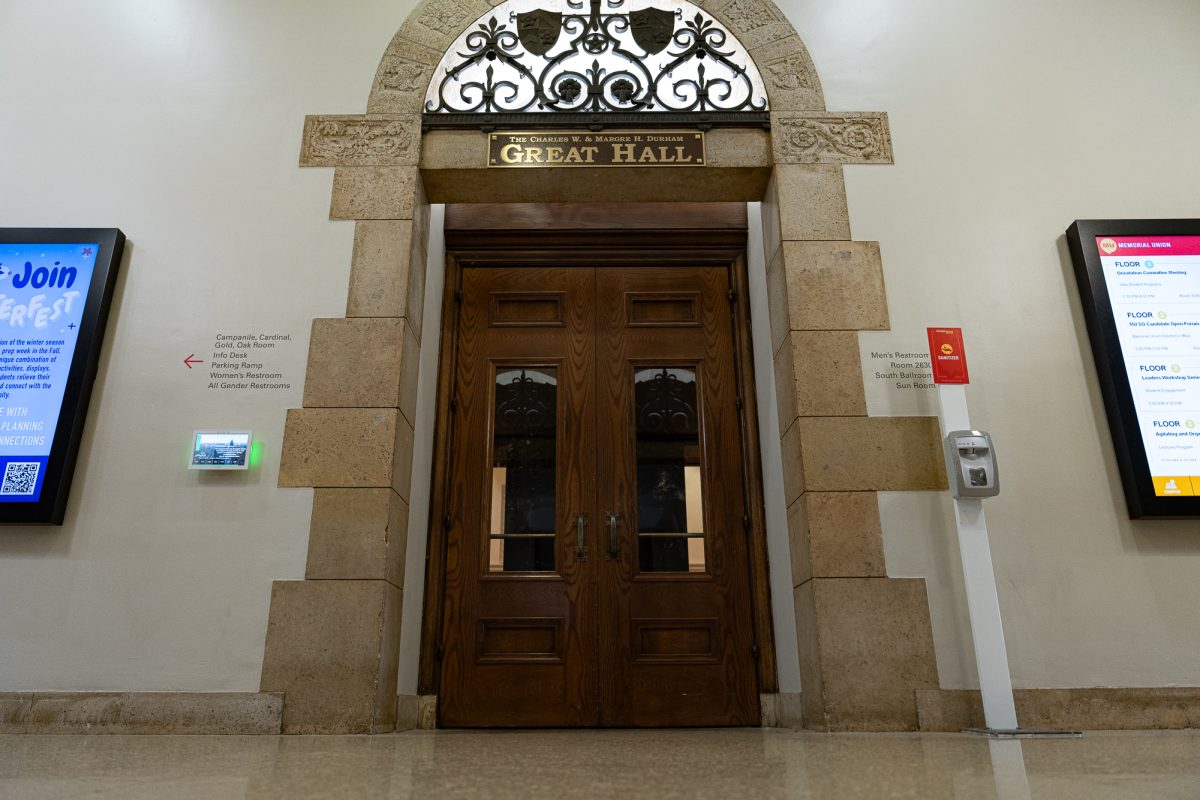SANDERS: Living without a home can open a window
April 12, 2006
When a storm hits, most people immediately run for shelter. As the rain begins to fall, you can see people running to cars, into buildings or into their homes. It’s a part of what so many consider everyday, normal life. But many of us don’t realize that many Americans don’t have a place to run to. No car, no house.
Everyone knows that homelessness persists, but no one really thinks about it. To really grasp the concept, you must go deeper and be challenged with a little reality check. On Tuesday night, the thunder struck and the rain fell as 10 of us slept in boxes on Central Campus. That was a reality check.
St. Thomas Aquinas Catholic Church organized the Homelessness Awareness Sleepout and set up a booth on campus all day Tuesday to inform students of the social problem. When Tuesday night rolled around, they were planning on having a prayer and reflection service beneath the Campanile, complete with candles and song.
Yet the wind blew, the lighting struck and the rain fell, causing us to move the service to a less formal place – the food court of the Memorial Union.
We began with a quick prayer and then moved on to a story written by David Nantais, a former Jesuit novice who lived homeless for two weeks on the streets of Des Moines as a pilgrimage. As one student read the words aloud, the images of this man on the streets became vivid.
“The rain that had accompanied me all the way from Chicago continued to fall softly,” read the student, “so I dug into my bag and unwrapped a neon yellow rain poncho, pulled it over my head and tied the hood in place under my chin.”
The weather that Nantais had to face for days was a lot like what we would be experiencing in just one night.
The story progressed and then was followed by discussion. What does a homeless person look like? If found homeless, how would you want to be treated? What can we do in response to homelessness? My mind was flooded with thoughts and I felt like the problem was too big for just us sitting in that circle, let alone myself. We spoke of bringing hope to those less fortunate and of reaching out to them, one at a time.
We then began what could be referred to as our pilgrimage. We trudged into the rain just as Nantais had done 30 miles south, spending the night in cardboard boxes, piled and taped together earlier in the day. We even speculated that people living the streets would not have been able to build what we slept in, which resembled a type of “box city.”
Although I had already eaten dinner, I felt hungry. It made the experience more real to me, as I imagined so many homeless people going to bed hungry each night.
It was just after midnight when some of the approximately 10 people who would be staying the night started to file in through the soaked cardboard tunnel.
“What do homeless people do to wind down before bed?” someone jokingly questioned as many tried to fall asleep earlier than usual.
There was a stench of cardboard in the air as we scoped out where we would sleep. The air was becoming colder and colder and the wind hadn’t died down. As we laid down, lightning began and a draft came through the boxes. Duct tape doesn’t seal as well as I had thought.
It was April and I was cold, dressed in sweatpants, a T-shirt and a sweatshirt over it.
All I could think of were those without shelter who had to live outside during December and January when temperatures were much lower. After getting a blanket midway through the night, I slept well and woke up surprisingly rested. It was only 7 a.m. and most of the others in the “box city” had already dispersed.
I crawled out of the space onto Central Campus. As I walked home, I thought about the last hours and what I had experienced. I was now headed toward a warm building where I would swipe one little card and get all that I wanted to eat.
It was definitely an eye-opening experience for me. It didn’t seem like something I had to do but more like something I was privileged to do. I was able to sleep outside with a group of strangers and experience life in a way that some people have to against their will.
The main thing that will still stick in my mind from that cold Tuesday night was the human interaction. We were still able to joke, to go on a walk and enjoy the night, to talk, to make someone smile.
It doesn’t matter who you are – each person should be given the dignity and respect that they deserve, no matter their social class or current situation.
– Shannon Sanders is a freshman in pre-journalism and mass communication from Des Moines. She is a Daily Staff Writer.






